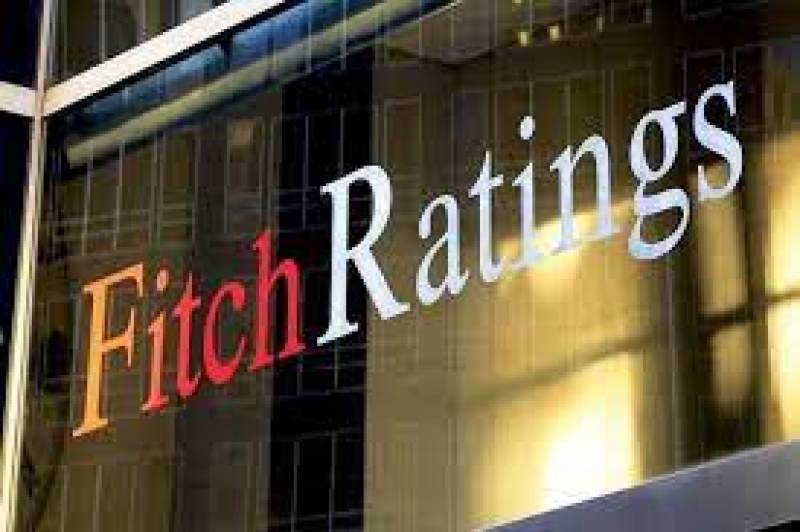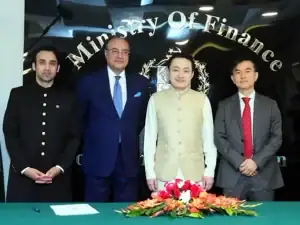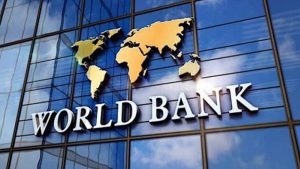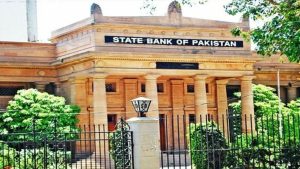HONG KONG – Fitch Ratings has downgraded Pakistan’s long-term foreign-currency issuer default rating (IDR) to ‘CCC-‘, from ‘CCC+’, the company said in a statement, adding that no outlooks are assigned to ratings of ‘CCC+’ or below.
The downgrade reflects further sharp deterioration in external liquidity and funding conditions, and the decline of foreign-exchange (FX) reserves to critically low levels.
“While we assume a successful conclusion of the 9th review of Pakistan’s IMF programme, the downgrade also reflects large risks to continued programme performance and funding, including in the run-up to this year’s elections. Default or debt restructuring is an increasingly real possibility, in our view,” the statement reads.
Liquid net FX reserves of the State Bank of Pakistan were about $2.9 billion on 3 February 2023, or less than three weeks of imports, down from a peak of more than $20 billion at end-August 2021. Falling reserves reflect large, albeit declining, current account deficits (CADs), external debt servicing and earlier FX intervention by the central bank, particularly in 4Q22, when an informal exchange-rate cap appears to have been in place.
“We expect reserves to remain at low levels, though we do forecast a modest recovery during the remainder of FY23, due to anticipated inflows and the recent removal of the exchange rate cap,” the rating agency said.
It said external public-debt maturities in the remainder of the fiscal year ending June 2023 (FY23) amount to over $7 billion and will remain high in FY24. Of the $7 billion remaining for FY23, $3 billion represent deposits from China (SAFE) that are likely to be rolled over, and $1.7 billion are loans from Chinese commercial banks which we also assume will be refinanced in the near future. The SAFE deposits are scheduled to mature in two instalments: USD2 billion in March and USD1 billion in June.
CAD Declining, but May Widen Again
Pakistan’s CAD was $3.7 billion in 2H22, down from $9 billion in 2H21. As such, we forecast a full-year deficit of $4.7 billion (1.5% of GDP) in FY23 after $17 billion (4.6% of GDP) in FY22. The narrowing of the CAD has been driven by restrictions on imports and FX availability, as well as by fiscal tightening, higher interest rates and measures to limit energy consumption.
Reported backlogs of unpaid imports in Pakistan’s ports indicate that the CAD could increase once more funding becomes available. Nevertheless, exchange-rate depreciation could limit the rise, as the authorities intend for imports to be financed through banks, without recourse to official reserves. Remittance inflows could also recover after they were partly switched to unofficial channels in 4Q22 to benefit from more favourable exchange rates in the parallel market.
Difficult IMF Conditions
Shortfalls in revenue collection, energy subsidies and policies inconsistent with a market-determined exchange rate have held up the 9th review of Pakistan’s IMF programme, which was originally due in November 2022. We understand that completion of the review hinges on additional front-loaded revenue measures and increases to regulated electricity and fuel prices.
Challenging Political Context
The IMF’s conditions are likely to prove socially and politically difficult amid a sharp economic slowdown, high inflation, and the devastation wrought by widespread floods last year. Elections are due by October 2023, and former prime minister Imran Khan, whose party will challenge the incumbent government in the elections, earlier rejected an invitation by Prime Minister Shehbhaz Sharif to hold talks on national issues, including IMF negotiations.
Funding Contingent on IMF Programme: Recent funding stress has been marked by the apparent reluctance of traditional allies – China, Saudi Arabia and the United Arab Emirates – to provide fresh assistance in the absence of an IMF programme, which is also critical for other multilateral and bilateral funding.
The Long-Term Foreign-Currency IDR also reflects the following factors:
Renewed Commitment by Authorities: The authorities appear close to agreement on the 9th programme review after the conclusion of the IMF’s staff visit to Pakistan on 9 February, and have already taken action that should facilitate agreement. This includes an apparent removal of a cap on the rupee exchange rate in January. The prime minister has repeatedly expressed the intention to remain in the programme.
Funding in the Pipeline: In addition to remaining IMF disbursements of USD2.5 billion, Pakistan stands to receive USD3.5 billion from other multilaterals in FY23 after agreement with the IMF is reached. There have been reports of over USD5 billion in additional commitments being considered by allies, on top of rollovers of existing funding, although details on the size and conditions are still pending. Pakistan received USD10 billion in pledges at a flood-relief conference in January 2023, mostly in the form of loans.
Government Committed to Debt Service: The prime minister has also expressed the intention to remain current on all debt obligations. Pakistan repaid a sukuk due in December 2022, and the next scheduled bond maturity is not until April 2024.
Restructuring Cannot be Fully Excluded
The previous finance minister said before resigning that Pakistan would seek debt relief from non-commercial creditors.
In addition, the prime minister had appealed for bilateral debt relief within the Paris Club framework, although no official request has been sent and this is no longer under consideration according to the authorities. Should Paris Club debt treatment be sought, Paris Club creditors would be likely to require comparable treatment for private external creditors in any restructuring.
“We believe local debt might be included in any restructuring, despite macro-financial stability considerations, as it accounts for 90% of the government’s interest burden.”
https://en.dailypakistan.com.pk/14-Feb-2023/pakistan-approves-up-to-124-percent-increase-in-gas-tariff-for-domestic-consumers-in-compliance-with-imf-directives














